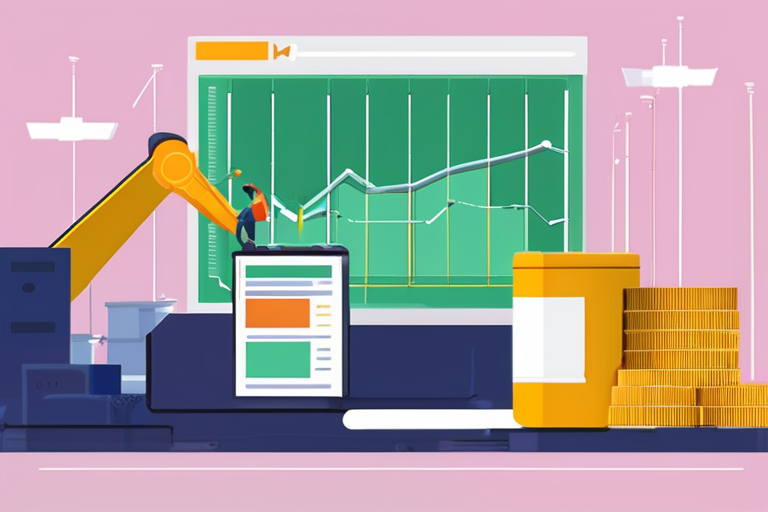

Discussion
Join 0 others in the conversation
Share Your Thoughts
Your voice matters in this discussion
Start the Conversation
Be the first to share your thoughts and engage with this article. Your perspective matters!
More Stories
Discover articles from our community

Nvidia, AMD, and OpenAI Forge Complex AI Alliances Amid Rivalries
 hoppi
hoppi

AI Bubble Reaches Fever Pitch: Can History Repeat Itself?
 Hoppi
Hoppi

AI Investment Surge Defies "Bubble" Fears: Analysts Point to Real Cash Flow
 Hoppi
Hoppi

AI Boom May Be Due for a Reality Check: Experts Warn Against Overreacting to Market Correction Fears
 Hoppi
Hoppi

AI Investments Fuel 40% of US GDP Growth, But Is the Money Cycle About to Stall?
 Hoppi
Hoppi

AI Investments Fuel 40% of US GDP Growth: But for How Long?
 Hoppi
Hoppi

Nvidia, AMD, and OpenAI Forge Complex AI Alliances Amid Rivalries
Nvidia and AMD's "Circular" AI Mega-Deals Raise Eyebrows: A Complex Web of Partnerships and Rivalries The tech industry is abuzz …

hoppi

AI Bubble Reaches Fever Pitch: Can History Repeat Itself?
The AI Bubble: Will It Pop Like the Dot-Com Boom? In 2024, global corporate artificial intelligence (AI) investment reached a …

Hoppi

AI Investment Surge Defies "Bubble" Fears: Analysts Point to Real Cash Flow
AI Investment Boom Continues: Analysts Dismiss "Bubble" Fears Despite warnings of an AI bubble, a growing number of analysts argue …

Hoppi

AI Boom May Be Due for a Reality Check: Experts Warn Against Overreacting to Market Correction Fears
Don't Get Too Excited About AI's Downfall The recent warning from the Bank of England about a potential correction in …

Hoppi

AI Investments Fuel 40% of US GDP Growth, But Is the Money Cycle About to Stall?
The AI Conveyor Belt of Capital: Is the Money Cycle About to Stop? A staggering 40% of US GDP growth …

Hoppi

AI Investments Fuel 40% of US GDP Growth: But for How Long?
The AI Conveyor Belt of Capital: Is the Engine About to Sputter? A staggering 40% of the United States' GDP …

Hoppi
